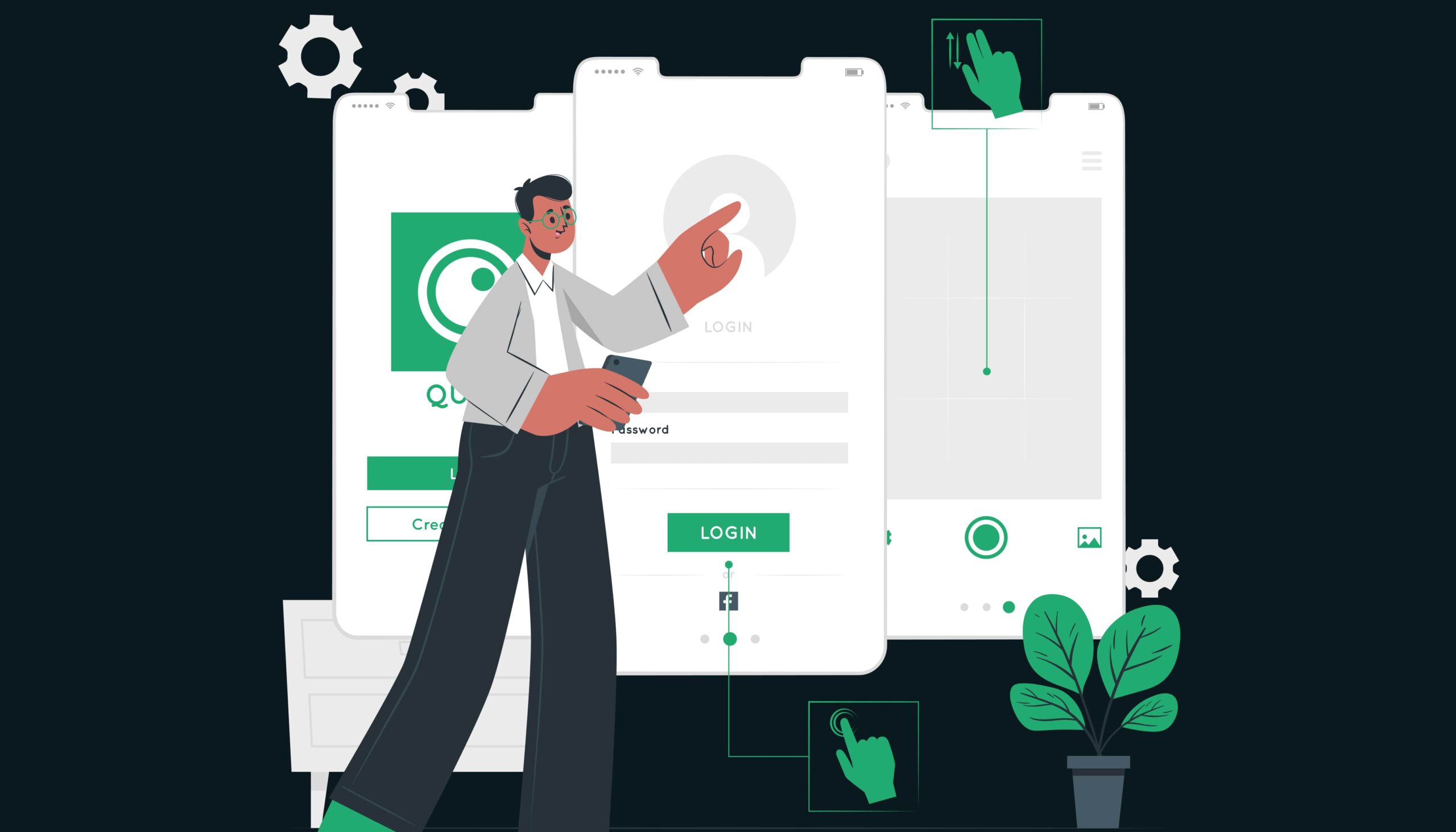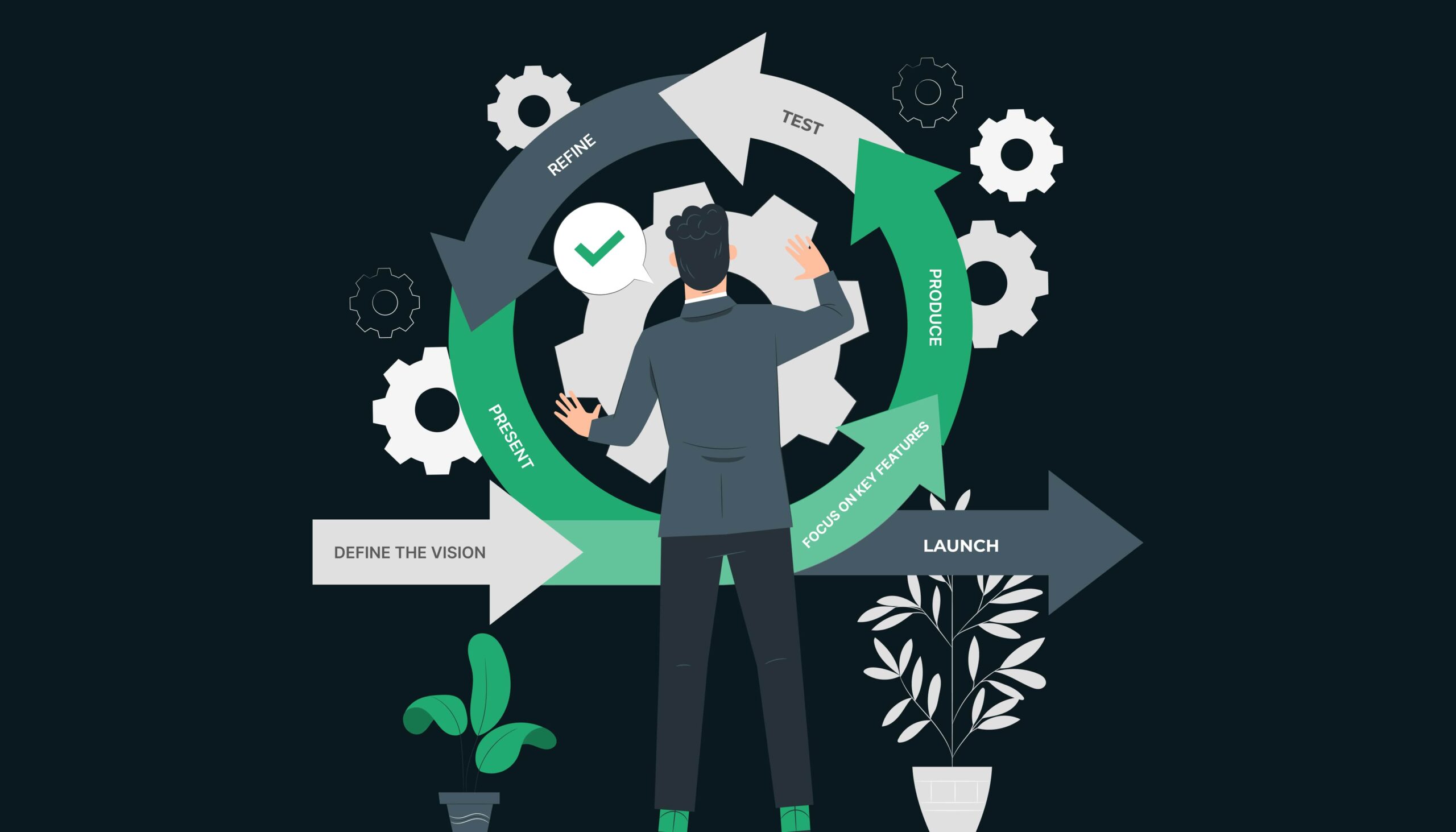Why Should a Software Prototype Be the First Step in a Product’s Development?
Here are a few justifications for why it is sensible to start prototyping a software project before starting to program it.
Early design idea testing, validation, and iteration are essential.
It doesn’t matter whether you have a clear picture in your head of how your software will seem after it is finished. By iterating on a prototype, you can arrive at the optimum product design as fast and effectively as possible. You will have the choice to include user comments at every stage. You may be confident that your time and resources are going toward the appropriate features. Our expert developers and designers at Zenkoders consider this step crucial while developing any mobile app or web app for their clients. This way, it works better for the client and the developers, ensuring satisfaction that both of them are on the same page…
To persuade potential financiers or early adopters of your idea, think about creating a prototype. This will make it easier for you to accurately describe or show your plan to potential backers. It is not just cost-effective. However, it’s also a low-risk venture to develop a prototype of your concept to gauge demand.
The benefit of prototypes is that they can be tailored to your needs and come in a variety of levels of sophistication. Are you stuck in the first stages of brainstorming despite having many ideas? Use paper drawings to make inexpensive, finished products. Are you prepared to hear potential customers’ opinions on a difficult product? Make a clickable prototype that illustrates and brings your concept to life.
Why is Prototyping Important in Software Development?
A prototype is simply an early model of a product created to test the components of the original concept. Prototyping in software development before moving on with the real-world product or putting the idea into mass production is a method of testing the original concept and determining where adjustments or upgrades may be required. Many things, from video games to automobiles and even futuristic robotics, are prototypes.
A prototype can be built in software development to meet a specific purpose. Whether it’s to test a single feature of a digital development or the full app. Depending on the needs, prototypes can range from basic-level blueprints to more complicated, fully interactive, programmed products.
There are several reasons why creating a prototype is critical, particularly in this contemporary context when technology is rapidly advancing and the UK government is aiming for a technologically inventive future:
1-Conserve time and money:
Digital development is frequently expensive, and features might take months to build. A developer can discover features that need more effort or fail to satisfy user demands by creating an early prototype. This way, there will be less time and effort wasted on the final result.
2-Visualization:
Often, in order to interact with a product, you must be able to see it in action. A prototype does just that and may even encourage more inventive thinking on the part of the developers, who may see something they otherwise wouldn’t have considered.
3-Feedback:
User input is a crucial component of prototyping in software development. The user experience is the most crucial component in any product development. One of the greatest methods to make sure the program meets user demands is to test the app with potential users. For a seamless final creation process, feedback should be gathered and relayed to developers.
The several potential prototypes:
There are a few distinct approaches when it comes to software prototyping:
1-Rapid:
In this situation, a design model is created rapidly with the idea that it would be discarded after testing or just used in part for the final product. Many quick prototypes for various features of the same product may be created during the early phases. Depending on the software needs, PCB prototypes are frequently employed through quick approaches since they offer a reasonably affordable and effective means to test various features.
2-Evolutionary:
Here, the prototype adjusts and develops in tandem with the design. It often includes at least some fundamental code, allows the user to participate and interact, and allows for user experience feedback. This model frequently becomes the actual, finished product due to its extension and ongoing feature additions, rather than being discarded.
3-Incremental:
This entails breaking the software development process down into its component parts or functions and giving each one its own software prototyping. The ultimate objective is to combine each module to produce the finished good.
Whatever method is employed, the finished software product is often enhanced.
The Bottom Line:
Can you afford not to prototype?
If you want to save money and time, you simply can’t afford to skip this step.
Prototyping is essential if you want to test your ideas and find new solutions before you engage in the lengthy process of software development. You probably don’t have the time NOT to prototype—and code the whole thing all over again.


